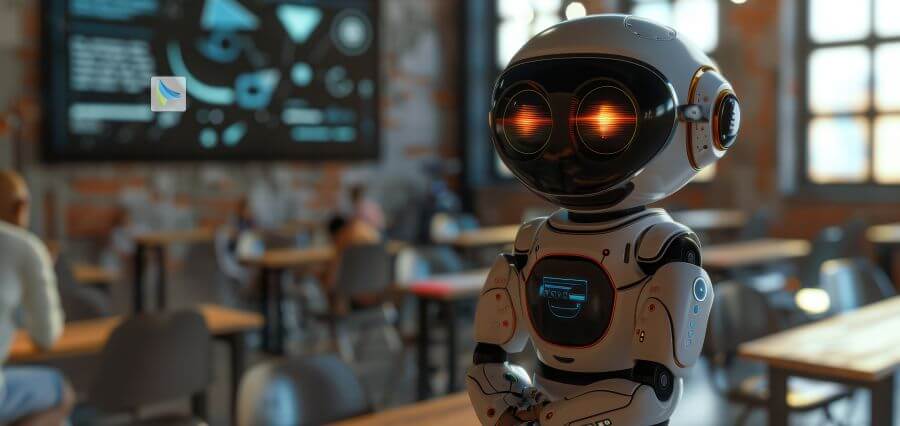Future-Ready Classrooms
In an age characterized by lightning-fast technological innovation and a highly fluid global environment, education is evolving profoundly. As a core of this change is the notion of 21st-century skills, defined by a vast group of competencies that enable an individual to function effectively in contemporary society, which not only gets them prepared for the job but also empowers them for modern life’s intricacies.
Understanding 21st Century Skills
21st-century skills include a broad set of knowledge, skills, work habits, and character traits considered essential for success in today’s world. Some of the most important competencies are critical thinking, creativity, collaboration, and communication, which are known as the “4 Cs” of 21st-century learning. Besides the core competencies, students must also develop information literacy, media literacy, and technology literacy, all of which are increasingly important in a digital environment.
There is a growing need for these skills, whose basis is built into the acceptance of the fact that traditional educational models, meant basically to focus on rote memorization and content acquisition, are no longer sufficient preparation for navigating the complexities of the 21st century. Instead, educational guidelines now focus on a more holistic approach to integrating these skills into all subject areas and learning contexts.
The Importance of 21st Century Skills
The importance of 21st-century skills can be grasped by considering several key dimensions:
- Flexibility: This is the flexibility factor in a world where change is constant. Students must learn to adapt to new technologies and methodologies. Such flexibility will be very important not only in their careers but also in personal development.
- Problem-Solving: As problems become more complex, the ability to analyze situations critically and devise innovative solutions is paramount. This skill set encourages students to think outside the box and approach challenges with creativity.
- Collaboration: Workplace settings are growing to be teamwork-based. This collaboration skill lets the students successfully work with different people, be appreciative of other people’s views, and create an atmosphere of inclusivity.
- Communication: Effective communication—both verbal and written—is the tool for conveying ideas clearly and persuasively. This skill extends beyond traditional formats to include digital communication platforms.
Implementing 21st Century Skills in Education
Some of the strategies to integrate 21st-century skills into education are:
- Project-Based Learning (PBL): This instructional approach allows students to engage in real-world projects that require them to apply their knowledge and skills collaboratively. PBL encourages critical thinking and problem-solving while fostering teamwork.
- Interdisciplinary Learning: Interdisciplinary learning breaks down the traditional barriers between subjects and helps students to find relationships between them. It is an approach that encourages creativity and innovation because complex problems are addressed from multiple angles.
- Technology Integration: There is increased use of technology in the classroom, and it stimulates engagement. This also prepares the student for a digital future. Students should be taught how to employ effectively different tools and understand the ethical issues involved in using technology.
- Assessment Reform: Traditional assessment methods often fail to capture students’ mastery of 21st-century skills. Implementing formative assessments that focus on collaboration, creativity, and critical thinking can provide a more accurate picture of student learning.
Challenges in Adopting 21st Century Skills
Though clear merits of infusing 21st-century skills in education, numerous challenges are found:
- Resistance to Change: Many educators are used to the traditional teaching method and may resist adopting the new approach that puts skill development ahead of content memorization.
- Resource Limitations: Schools may not have the required resources, including technology or training, to implement new pedagogies effectively.
- Assessment Standards: Current frameworks of assessment might not be suitable for the competency that is embedded in 21st-century skills, which leaves educators unable to measure student learning.
Conclusion
It is a given, rather than an option in the pursuit of readying the learner for an uncertain and ever-changing future that there will exist, at the least, qualities like critical thinking, creativity, collaboration, and communication in 21st-century skills that may be used as assurance to make a student bloom into their full capacity in an evolving world.
But at the same time, as we move forward into this change, it is indispensable that educators, policymakers, and communities collaborate in shaping an environment conducive to these important skills so that subsequent generations are both successful and are able to do good for others.





